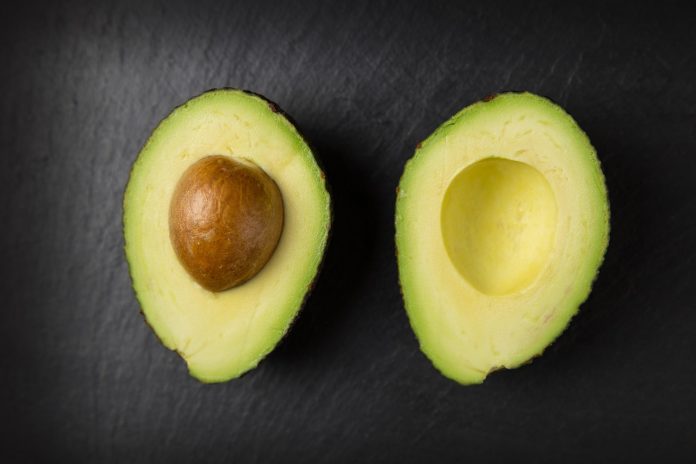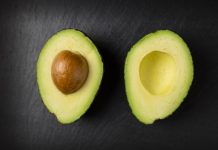
The glycemic index is a measurement of the effect a 50-gram carbohydrate serving of a food has on blood glucose level compared to eating a 50-gram carbohydrate serving of glucose or white bread. The glycemic index for glucose is 100 and the glycemic index for white bread is 70. Foods containing maple syrup, honey or sugar (sweetened cereals) as well as foods which are starchy (potatoes and white rice) have a higher glycemic index.
Differences in nutrient content and how a food is prepared can also influence the glycemic index for that food. It also depends on the serving size you eat. Other foods, especially foods high in fiber such as whole wheat bread (GI = 51) and All Bran cereal (GI = 42), are rated lower on the glycemic index because they do not cause as high a rise in blood glucose compared to more refined grains. Here is the glycemic index for foods you list:
| Food | Glycemic Index | Serving Size | Weight in grams |
| Carrots | 32 | 1 large carrot raw 7 to 8 � inches long or � cup slices | 80 |
| Potatoes baked or mashed any variety | 85 baked 74 mashed |
Baked potato (Russet variety) or 1/3 cup mashed with milk | 150 |
| Rice cakes | 78 | 3 rice cakes | 25 |
| Cheerios (plain since no value for Honey Nut variety) | 74 | 1 cup | 30 |
The glycemic index is not recommended for diabetes or weight loss. I am concerned that people would eliminate foods just because it has a high glycemic index other than obvious desserts or sweets. For weight control, it is important to control calorie intake and increase exercise activities.
Adults should concentrate on an eating plan based on the My Plate
- 5 to 8 ounces of whole grains, breads and cereals
- 1 � to 2 cups of fruit
- 2 to 3 cups of vegetables
- 3 cups of low fat or fat free milk group
- 5 to 6 � ounces of lean meat or beans
- 4 to 7 teaspoons of oil, butter, margarine, mayonnaise
.
Disclosure: I have provided media services about fiber for Kellogg’s All Bran.



